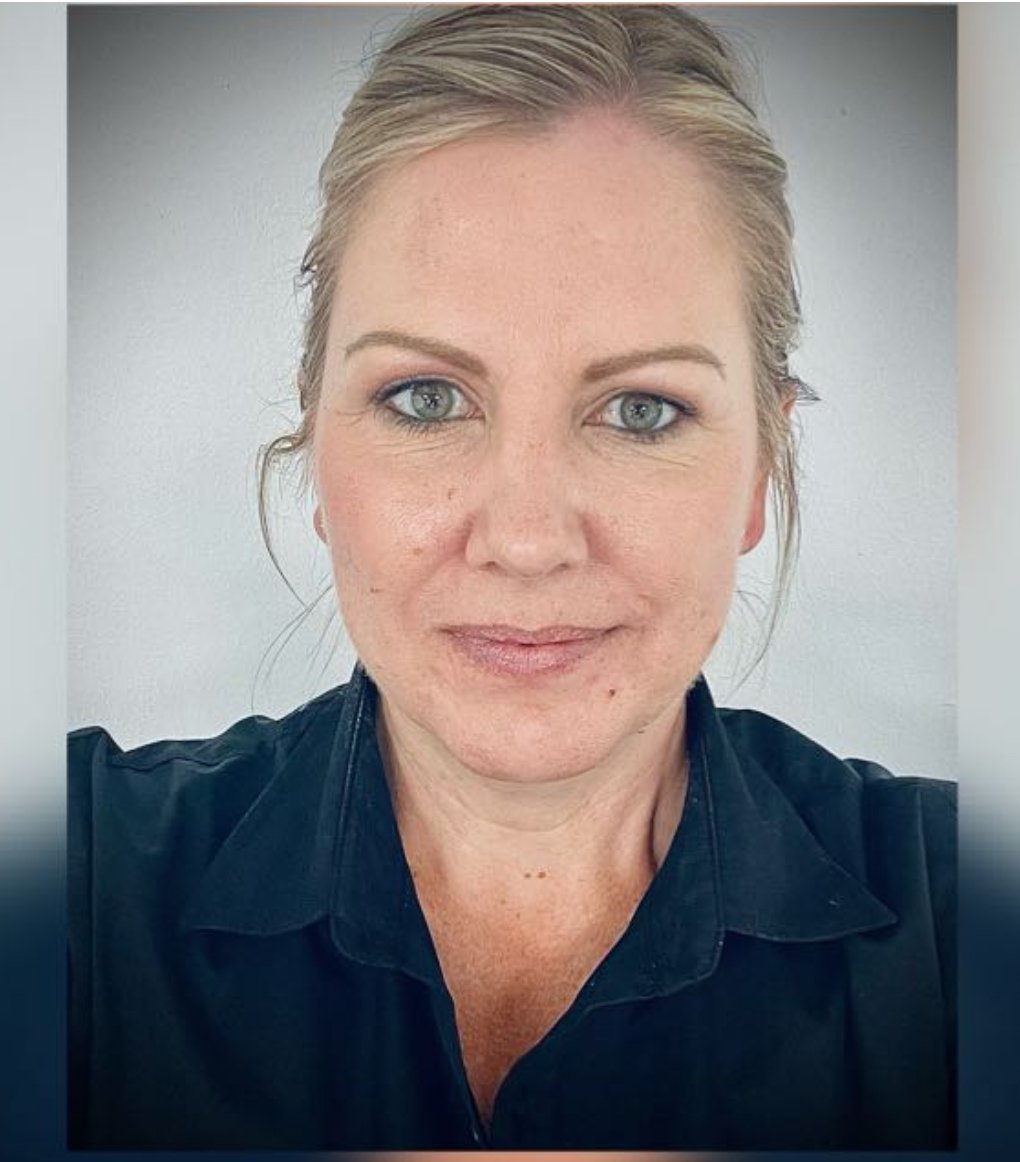When I was 32 years old, I experienced terrible pain behind my knee for weeks. My doctor said it’s from standing, and I need physical therapy. I did that, but the pain persisted.
Eventually, I went to a vascular surgeon who did vein stripping surgery. Seven days post-op, I felt sick, like the flu, but not flu, with a terrible headache, anxiety, and a fast heart rate.
I went to my general practitioner, who said I had the flu and gave me antibiotics. I just knew it was not the flu.
On day 9 post-op, I got my stitches removed and told the vascular surgeon I didn’t feel well, but he said that was normal.
I went home and could not shake the feeling that this was not normal. I went back to the GP, who thought I was crazy for not trusting his flu diagnosis. He agreed to do further tests, so I was sent for blood tests and went home.
Two hours later, I got a call to go for a CT scan. I was diagnosed with a pulmonary embolism and was told that if I had not persisted, I would not be here today.
It turns out I still had the leg pain after six months of anticoagulants. Finally, doctors did an MRI of the leg and found that it was osteomyelitis, a bone infection that can sometimes lead to blood clots. All this hit me hard mentally.
Then, at 40 years old, I got another PE after Covid, and now I’m on lifelong anticoagulants. All clotting factor tests are negative, so I still have no real answers.
My message is to listen to your body! Don’t accept a diagnosis if your intuition tells you different.
Resources
How is a PE Diagnosed?
Signs and Symptoms
Psychological Impact of Blood Clots




